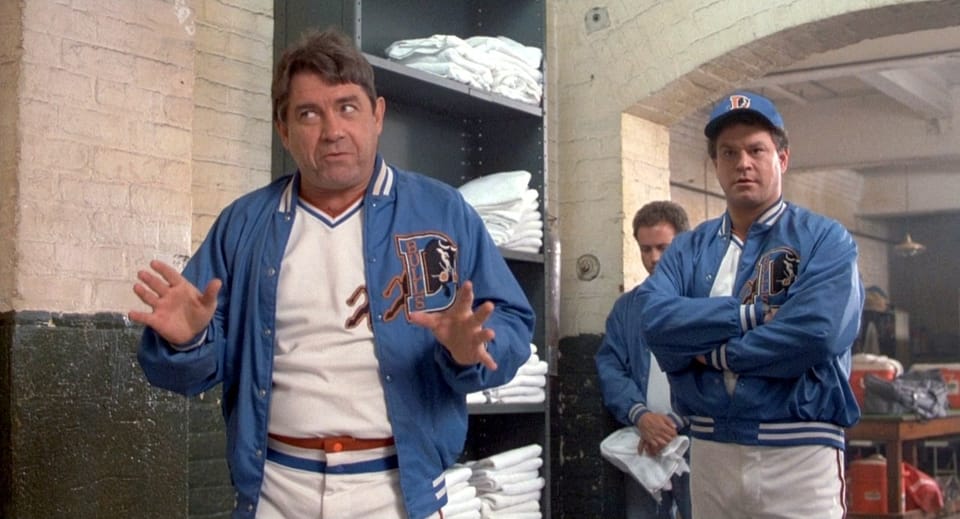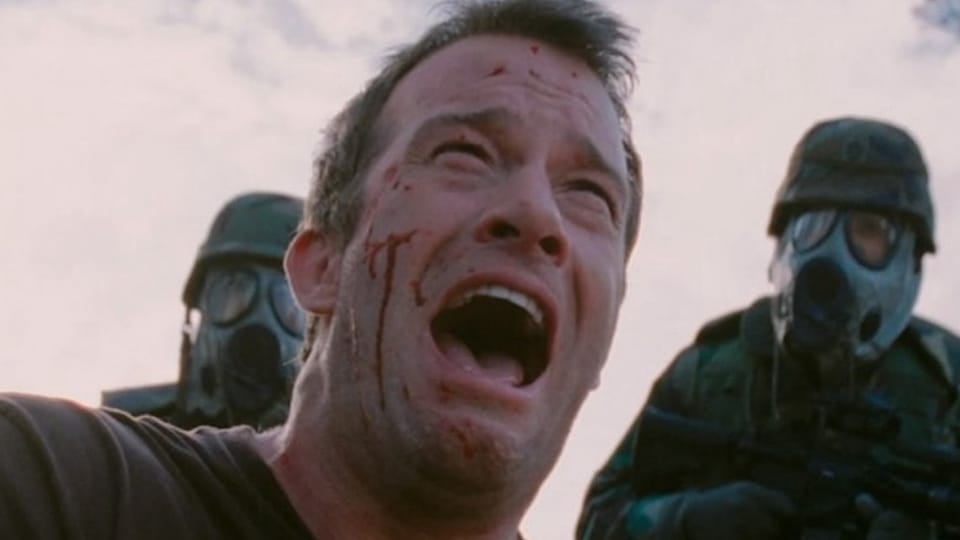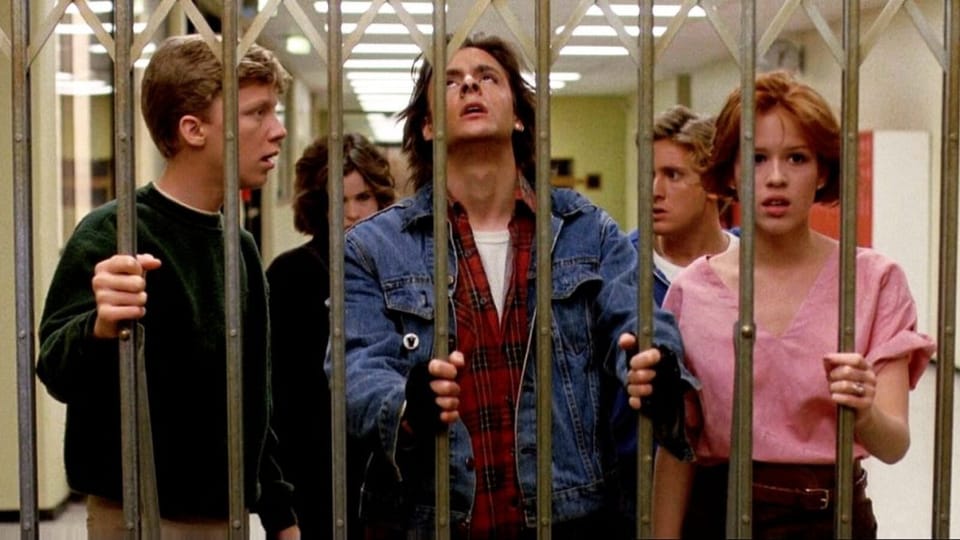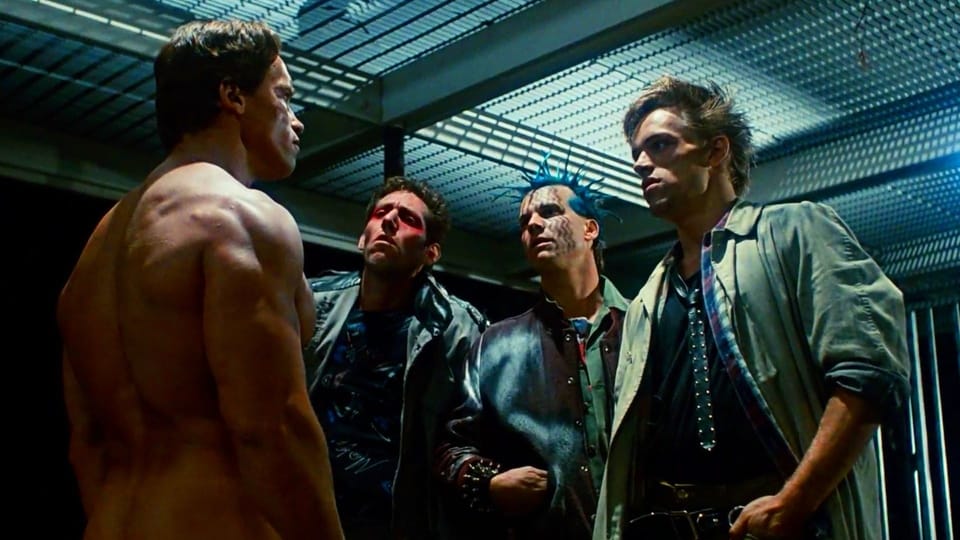Navigating the Rewrite Process: Finding New Perspectives
There's nothing magical about the rewrite. It's the same as writing. So don't overcomplicate it, and don't let it intimidate you.

The Story and Plot Weekly Email is published every Tuesday morning. Don't miss another one.
There's nothing magical about the rewrite.
It's the same as writing. Your ultimate goal is the same as it was with the first draft.
All you are trying to do in the rewrite is determine where you fell short and to fix it.
So don't overcomplicate it, and don't let it intimidate you.
The trepidation some feel going into a rewrite comes from a lingering doubt, "Is this the best I can do?"
The answer is yes! At that moment, it was.
But now, it's not.
If you can write a first draft of a screenplay, you can rewrite a screenplay.
It's just another bite at the apple.
So relax. Nothing has changed. Except you.
You have changed since the first draft.
This is the key to the rewrite.
Story principles have not changed since the first draft. The fundamentals of story structure haven't changed.
What the world finds scary, funny, dramatic, or heartbreaking hasn't changed.
But you have.
You now have significantly more data than you had before.
You've grown as a writer since that first page. You've spent time with these characters. You know what interests you more about this collection of scenes, and what interests you less.
And now that there's a first draft, there's also a baseline to judge what's working and what isn't.
All this added knowledge and perspective is your greatest ammunition going into the rewrite, so you'll want more of it.
But first, the best thing to do is reconfirm what it is you are trying to do:
Know what story you are telling.
You should have done this before you started writing. Some people write to figure out the story, and that's one way to do it. But it's the scenic route. I think that's just writing a detailed brainstorm/outline and calling it a first draft.
Because, in reality, you can't tell a story, without knowing what story you're telling.
So you need to make this decision if you haven't already.
What story are you telling?
Know this. Reconfirm it. This is the criterion by which you judge everything.
As every thought, note, or idea comes in, you ask yourself, "Does this, or does this not help me better tell this story?"
Know your intention.
You cannot rewrite without intention. Intention for the screenplay, intention for the scene, for the character, for the moment, for the emotion you are trying to evoke.
Everything you learn in Mastering Structure still applies in the rewrite.
1. What is your intention for this scene/moment?
2. Did you accomplish it?
3. Is there a better intention that could be more rewarding for the story and the audience?
You might be asking, "HOW? If I was capable of doing all this, I would have done it in the first draft!"
Well, no.
Remember how I said the one thing that has changed is you?
You wrote that first draft with one perspective, and one of the most productive tactics of a rewrite is to expand that perspective as much as possible.
How to expand your perspective.
Your goal here is to find ways to see the screenplay differently.
You are the golfer on the green bending low to a new angle, trying to get a better view of where the ball will break.
You're the driver looking down on the map from that 30,000 foot view, trying to figure out a better route home.
You want a different angle to see what you missed the first time.
Here are some ways to do that.
1. Put it away for a while.
Step away from the script. Not for a day, but for a week. Maybe two. Three weeks, if you can stand it (I don't think I could.)
This exercise aims for you to come back with fresh eyes and read what you wrote rather than what you thought you wrote.
2. Read it out loud to yourself.
This is particularly helpful to hear the rhythm of your action lines and dialogue or, more precisely, the lack of it.
You will hear and envision things you did not before. You will realize how boring some stretches are and how some moments don't land.
Having the computer read it out loud is not as effective. It's too easy for your mind to drift off (itself not a great sign.)
3. Outline the screenplay that’s written
Get that 30,000-foot view by outlining your screenplay in a table.
I do this for every rewrite. It allows me to see the flow of the piece, and if I have a lot of subplots, I can color-code them to keep track of each structure.
It also helps identify the rhythm of set pieces and may confirm whether acts or sequences are too long (note: confirm, not dictate. If an act works, its page count is irrelevant.)
Here are a couple of examples:
Don't ask about the color coding. I don't remember what I was trying to highlight there!
And an early draft of Winchester:
Winchester Breakdown Producers Draft.pdf
The following steps are for later drafts. You don't want to move to these until you feel the screenplay is in pretty good shape and you've done what you can.
4. Coverage is good for knowing what is clear and what isn’t.
I am not against outside coverage if you know what to expect and it's in your budget. Coverage is not development. Be very clear about that.
If the reader is not reading for a boss who will promote them, their job is to read just enough of the screenplay to be convincing that they read the whole thing.
As a result, coverage is good for discovering what is clear and what isn't clear through an inattentive read.
This may sound like unnecessary knowledge, but it is not. Most reads are inattentive reads.
Not all inattentive reads are equal, so if you choose this route, get three or four different readers and not all from the same service.
If funds are limited, skip this. It is a small data point and not worth the money if it's money you'll miss.
5. Friends and Writer Groups
Writer friends and writer's groups are invaluable. They're crucial for your journey. But don't let them develop your material.
The primary thing you want from them here is a new perspective. A new set of eyes, as they say.
It is your responsibility to stay focused on your story. If you do, group brainstorms and a "writers room" atmosphere can be wonderful and extremely productive.
A deeper ask:
For those you don't mind asking a little more effort from, ask them to mark down:
a. Where they got bored.
Any place their mind drifted off, took a break, or in any way disengaged from the read. Examine that section accordingly.
b. Mark down the emotions they were feeling throughout the piece.
Do they coincide with your intentions? Did things fall flat? Evoke something other than what you wanted?
This is all good info as you go into the rewrite.
The rewrite is about assessment and re-assessment
The more time you spend on a project, the more you will discover. You will find more depth. Thoughts will come up, you will know characters better, themes will clarify, and you will think of things you never considered before.
Embrace all of this.
But you must be decisive about what story you're telling and what your intentions are for each moment.
That's how you make decisions.
If you do both of these things, the rewrite is just finding additional perspectives to see what fits best and what you missed.
Mastering Structure
If you enjoy The Weekly Email, you will absolutely love Mastering Structure.
If you're dealing with confidence issues, struggling to make choices, or perhaps just starting out, Mastering Structure will give you what I didn't have when I began: a consistent and repeatable process to write screenplays.
When you finish the course, you will see story structure for what it is: a liberating framework that releases your creativity and your individual voice.
You'll even see rewriting as simply another opportunity to make your screenplay even more awesome.
Here is what Julia Rusthoven shared after she enrolled in the course last week:
So why wait? You can start writing better screenplays right now.
Click here to learn more about Story and Plot's flagship course.
That's a Wrap!
PS - If you've enjoyed the weekly email and feel comfortable doing so...
Please help spread the word. Link the article, RT on Twitter, share on Facebook.
Let people know just how good this weekly resource is.
The Story and Plot Weekly Email is published every Tuesday morning. Don't miss another one.
When you're ready, these are ways I can help you:
WORK WITH ME 1:1
1-on-1 Coaching | Screenplay Consultation
TAKE A COURSE
Mastering Structure | Idea To Outline




